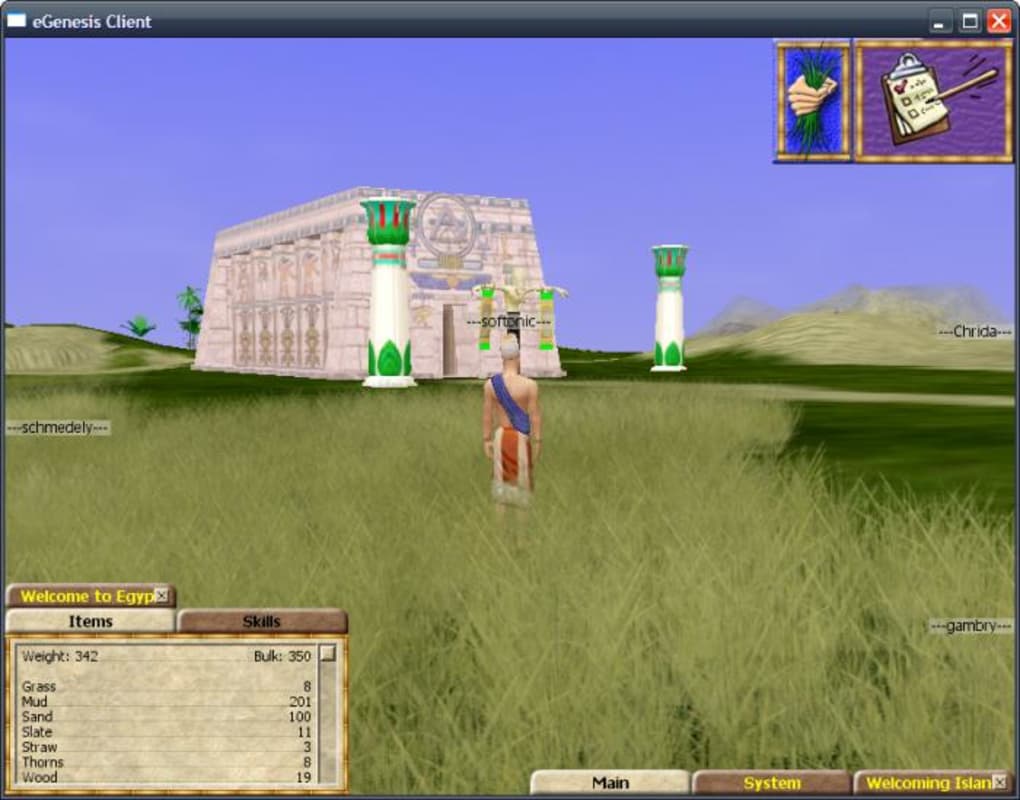

Not to mention, technically speaking, neither one of the "enemies" actually managed to KILL the guy (as in putting a loaded gun to his head and pulling the trigger, while he was asleep which they could have easily have done, instead of attempting to mess with his water and hoping to slowly torture him to death. Likewise, the Traveler is the only interested party in preserving his own life which, ultimately, makes him the responsible party, as well. Great Question! Funny how the majority completely disregarded the Traveler's own lack of responsibility / preparedness / risk mitigation and survival skills, which eventually lead/contributed to his demise! This is a pure case of Game Theoretic Risk Management: not unlike Financial Trading, for instance the money is yours, hence the interest and the responsibility to protect it is yours too - it's no use blaming one's loses on "The Crazy Market". He has two enemies following him that are unaware of each other? One night while the man is sleeping, one of his enemies pours strychnine in his water.

I visited a cave near Tucson not too long ago where the tour guide told us an interesting story of someone robbing a bank, storing the loot in the cave, then later being chased to the cave by the sheriff.

Well, I doubt there's much gold in the Yuma area, but I do remember a few other tails of outlaws hiding loot in other areas of Arizona. But looking at some of the tall land marks, if I were a cowboy that wanted to hid gold, I would hid it close These very different trajectories illustrate how landscape archaeologists can contribute to understanding processes of desertification in the past, and to the desertification debate more generally.I know if gold was buried in the desert people would be looking for it. The two regions provide contrasting histories of dryland farming that differed in terms of: their origins, development, and abandonment the social and economic contexts of imperialism in which they functioned farmers' perceptions of and responses to degradation the scale of impact of land use on landscape and the long-term success or failure of the strategies developed to manage processes of desertification. While much of this work has been speculative and (in terms of modern ecological theory about drylands) rather simplistic, this paper presents a comparative study of Roman-period settlement and land use on the desert fringes of Roman Africa and Roman Arabia. Many dryland regions now sparsely occupied by mobile or semi-mobile pastoralists have archaeological remains indicative of much more intensive systems of settlement and land use in the past, so archaeology has frequently been brought into debates about the respective roles of climate and people in causing desertification. Understanding 'desertification', the ecological deterioration of arid lands into semi-deserts and deserts, is critical for the future well-being of the fifth of the world's population who inhabit drylands today.


 0 kommentar(er)
0 kommentar(er)
